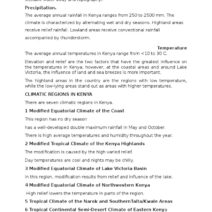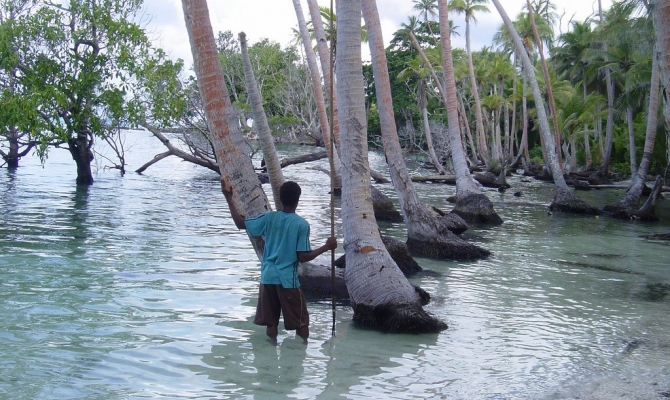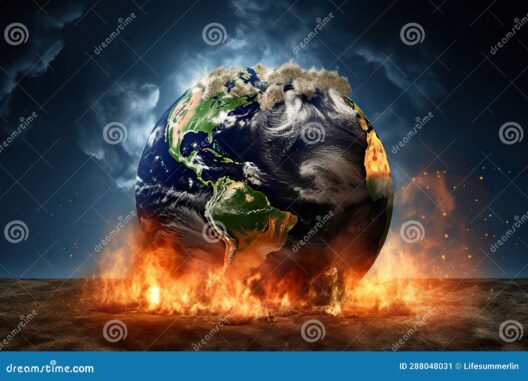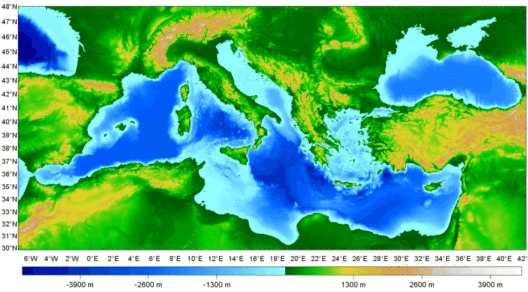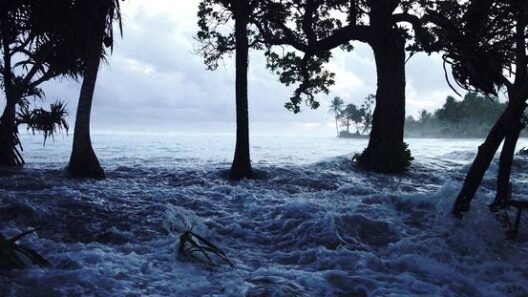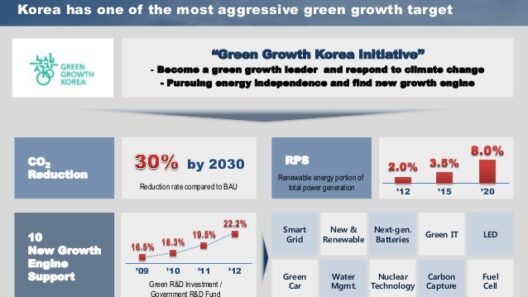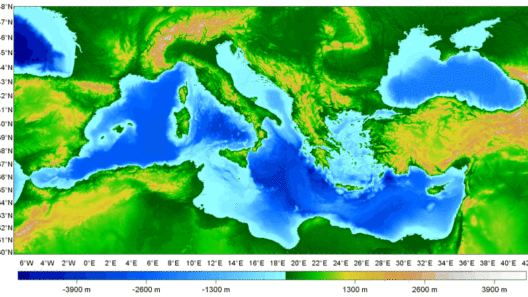As the world grapples with the consequences of climate change, one of its most significant and insidious effects is the rise in sea levels. This phenomenon, driven primarily by melting ice sheets and the thermal expansion of seawater as it warms, is reshaping coastlines and ecosystems, prompting a reevaluation of human habitation, economic activity, and environmental conservation. Exploring the repercussions of rising sea levels illuminates the interconnectedness of our planet’s ecological well-being and economic stability.
Understanding the dynamics of rising sea levels invites a multi-faceted examination of its impacts on both natural environments and human societies.
Inundation of Coastal Areas: The New Normal
As sea levels continue to rise, coastal regions increasingly find themselves vulnerable to permanent inundation. Many of the world’s largest cities, including Miami, New Orleans, and Jakarta, are situated in low-lying areas where even modest sea-level increases can significantly disrupt day-to-day life. The encroachment of saltwater not only threatens residential and commercial properties but also jeopardizes critical infrastructure such as roads, bridges, and utilities.
This phenomenon might seem distant to some, but in reality, it is a ticking time bomb. According to projections, by the year 2050, millions of people could be displaced from their homes due to flooding. Vulnerable communities, particularly those in developing nations, face an existential threat as they lack the resources to adapt and respond to this crisis. The forced migration of populations can lead to overcrowded urban centers, heightening tensions and social discord, showcasing the human cost of environmental neglect.
Moreover, the persistent flooding exacerbates soil salinization in agricultural zones, diminishing crop yields and contaminating freshwater supplies. As fertile land becomes barren, food security is placed in jeopardy, unveiling the disastrous chain reaction initiated by rising seas.
Ecological Disruption: Marine Ecosystems Under Siege
In addition to the direct impacts on human communities, rising sea levels pose a severe threat to marine ecosystems. Coastal habitats such as mangroves, salt marshes, and coral reefs are critical for biodiversity and serve as buffers against storms. However, the encroaching sea dilutes these ecosystems’ efficacy, complicating their role as natural barriers against storm surges.
Salt marshes, for instance, act as vital nurseries for many fish species, helping to sustain both commercial and recreational fisheries. As these marshes are submerged or degraded due to rising waters, marine biodiversity faces catastrophic declines. The interdependence of various species means that the loss of one can induce a domino effect, disrupting food chains and altering the dynamics of entire ecosystems.
Coral reefs, another crucial component of marine health, are particularly sensitive to changes in water levels and temperature. As these ecosystems face both ocean acidification and rising sea levels, the result is a dramatic loss of coral cover, endangering the myriad species that rely on reefs for habitat. This decline not only impacts marine life but also diminishes fisheries and tourism, two economic pillars for communities worldwide.
Economic Consequences: The Costs of Inaction
The economic ramifications of rising sea levels extend far beyond the immediate threats to property and infrastructure. The potential financial toll is staggering. The cost of adapting coastal areas through enhanced flood defenses and the restoration of ecosystems will require significant investment. Moreover, insurance premiums will likely rise in response to increasing risk factors, adding financial strain to already vulnerable households.
Tourism, a lifeline for many coastal economies, stands at risk. As beaches erode and coral reefs diminish, travelers may seek alternatives, leading to diminished revenues and opportunities for job creation. The loss of natural beauty and recreational opportunities could redefine entire regions, pushing them into economic decline.
Furthermore, industries reliant on marine ecosystems, from fisheries to aquaculture, could face significant setbacks due to dwindling fish stocks and habitat loss. As ecosystems destabilize, job losses in related sectors could escalate, prompting a ripple effect throughout local, national, and global economies.
Adaptation Strategies: A Path Towards Resilience
The urgency to address the rising tides compels governments and communities to adopt adaptive strategies. Coastal restoration efforts, such as rebuilding wetlands and enhancing natural barriers, are vital to bolster resilience against flooding. Implementing smart urban planning that incorporates green infrastructure can minimize the impacts of sea-level rise on human habitats.
Furthermore, global cooperation is critical. Climate agreements and collaborative scientific initiatives can foster resilience and innovation. Investment in sustainable technologies, such as seawalls and flood management systems, will be essential for protecting both people and ecosystems against the inevitable changes that lie ahead.
To ensure a secure future, society must embrace a paradigm shift towards sustainable practices and proactive adaptation. Understanding the far-reaching consequences of rising sea levels is not merely an academic exercise; it offers a glimpse of our planet’s fragile state and highlights the urgent need for collective action.
The challenge posed by rising sea levels transcends geographical borders, acting as a clarion call for humanity to unite in addressing the environmental crisis. It offers an opportunity to reflect on our relationship with nature, encouraging a harmonious coexistence rather than exploitation. By nurturing our ecosystems and addressing the root causes of climate change, we can forge a more sustainable, resilient future for generations to come.


